Are We Truly Monogamous?
The concept of monogamy versus polyamory or polygamy in human societies is indeed complex and nuanced. A perspective from Psychology Today highlights the biological imprint of polygamy in humans, distinguishing between polygyny (one-man, multiple wives) and polyandry (one-woman, multiple husbands). While 80% of early human societies were polygamous, the shift to monogamy in later populations is intriguing, with no definitive scientific explanation, although the two-parent advantage in child-rearing is noted. It’s also mentioned that the idea of a lifetime commitment to a single partner may not align with the biological imprint of polygamy in some individuals, suggesting that while monogamy may not be ‘natural’ for humans, it’s still a widely chosen relationship structure.
This insight offers a glimpse into the complex interplay between our biological tendencies and the cultural and societal frameworks we’ve constructed, indicating that human relationship structures are a blend of innate predispositions and social constructs.
Monogamy vs. Non-monogamy:
- Biological Considerations: While some biological mechanisms, like the male refractory period or the variety in sexual desire, may suggest non-monogamous tendencies, it’s essential to remember that humans are highly adaptable creatures. Biology influences behaviour, but it doesn’t dictate it. Many species, including humans, exhibit a range of relationship structures, from monogamy to various forms of non-monogamy.
- Cultural and Social Constructs: Human societies have constructed various relationship norms, including monogamy and the nuclear family. These constructs are not inherently “false”; rather, they represent one way that societies have organised themselves. Different cultures and individuals may choose different structures based on their values, needs, and circumstances.
The question of whether humans are naturally monogamous or non-monogamous is complex and multifaceted, involving a blend of biological, evolutionary, and cultural factors. But to explore it further:
From a biological standpoint, while certain aspects suggest that humans may have a tendency towards non-monogamous behaviours, it’s not a clear-cut case. Studies of extra-group paternity in various mammal species, including humans, reveal a range of behaviours. For instance, a study by Kavita Isvaran and Tim Clutton-Brock showed that in 26 mammal species, almost half exhibited low levels of extra-group paternity (10% or less), suggesting a leaning towards monogamy or at least pair bonding in these species. This implies that, biologically, a degree of monogamy could be inherent in humans as well.
Moreover, the comparison of human sexual dimorphism (physical differences between males and females) with that of other primates provides insights into our evolutionary mating behaviours. While humans do exhibit sexual dimorphism, it’s not as pronounced as in highly polygynous species like gorillas, suggesting that intense male-male competition for mates was less of a factor in human evolution. This could be interpreted as a sign of a shift towards more monogamous behaviours over time.
However, the picture is not entirely one-sided. Other indicators suggest a mild biological basis for polygyny (a form of polygamy where a man has more than one wife) in humans. Physical features, such as the average 18% greater body weight of males compared to females and distinctive male facial features (like beards), hint at a mild inclination towards polygyny. These traits align with patterns observed in other mildly polygynous primates.
The study of monogamy in other species, like prairie voles, has provided valuable insights into the potential hormonal and genetic basis of monogamy. Research on prairie voles, known for their strong pair bonding, indicates that hormones like oxytocin and vasopressin, and their receptors, play a significant role in forming and maintaining monogamous relationships. These studies suggest that similar mechanisms could be at play in humans, underpinning the emotional and social aspects of monogamous pairings.
While these biological and evolutionary insights are compelling, it’s crucial to acknowledge the significant role of cultural, social, and individual factors in shaping human mating behaviours and relationship structures. Cultural norms, societal expectations, and personal choices all interact with our biological predispositions to create the diverse range of relationship dynamics we observe in human societies.
In conclusion, while there are biological and evolutionary underpinnings that inform human mating behaviours, the spectrum of human relationships is too diverse to be encapsulated in a simple monogamous/non-monogamous binary. The interplay between our biological tendencies and the complex social structures we have developed makes the human approach to relationships uniquely adaptable and varied.
The Concept of the Nuclear Family:
- Cultural Variation: The nuclear family is predominant in many societies but is not universal. Many cultures embrace extended family structures or communal child-rearing practices.
- Adaptation and Function: The nuclear family and monogamous structures can provide stability, resource allocation, and a clear framework for child-rearing and inheritance in certain societies. However, this doesn’t negate the validity or functionality of other structures in different contexts.
To explore deeper, The concept of the nuclear family, while prevalent in many societies, is not the only family structure embraced worldwide. Cultural variations significantly influence family dynamics, child-rearing practices, and the roles of family members.
- Polygyny and Polyandry: In some cultures, polygyny is practiced, to increase childbearing potential, allowing multiple pregnancies simultaneously. Conversely, polyandry, where a woman has multiple husbands, is seen in societies prioritising property maintenance and support for children. For instance, in certain Tibetan traditions, all brothers from one family marry the same woman, maintaining property inheritance within the family and ensuring many adults support the children.
- Role of Extended Family: The role of extended family members, like grandparents, is also significant. Research by anthropologist Sang-He Lee emphasises the “Grandmothering Hypothesis,” suggesting that postmenopausal survival rates in humans are high because grandmothers enhance their children’s reproductive success by assisting in the upbringing of grandchildren. This insight highlights the importance of older adults in societies, not just for child-rearing but also for transmitting knowledge and culture across generations.
- Variation in Family Values: A Gallup survey spanning sixteen countries revealed stark variations in family values worldwide. Perceptions on the ideal number of children, preferences for the gender of a child, and views on unmarried couples having children differed significantly across cultures. For example, while having a child out of wedlock is widely accepted in Western Europe, it is largely frowned upon in many Asian countries.
- Diverse Family Structures: Family structures have responded and adapted to significant historical shifts, such as the transition from hunting and gathering to agriculture and the shift to urban/industrial societies. These adaptations have led to various family forms, with each culture developing unique dynamics and kinship systems.
These examples illustrate that family structures and values are not homogeneous but are deeply influenced by cultural, economic, and social factors. The nuclear family model, while common in certain parts of the world, is just one of many family structures that have evolved to meet the diverse needs and values of human societies.
Female Sexuality and Bisexuality:
- The diversity in female sexual orientation and preferences can indeed offer insights into the natural inclinations towards monogamy or polyamory. While it’s challenging to draw direct correlations due to the complexity and personal nature of sexual orientation and relationship preferences, certain perspectives and studies provide some context.
- Spectrum of Female Sexual Orientation: Female sexuality encompasses a broad spectrum, including heterosexuality, homosexuality, bisexuality, pansexuality, and asexuality. Each of these orientations involves unique preferences and attractions, influencing relationship dynamics and the potential inclination towards monogamous or polyamorous relationships. Respecting this diversity is crucial, as it underscores the personalised nature of sexual and romantic relationships.
- Fluidity in Female Sexuality: Some studies suggest that female sexuality might be particularly fluid, allowing for a range of experiences and attractions over a lifetime. This fluidity can mean that the same individual might prefer monogamous relationships at certain times or in certain contexts, and polyamorous relationships in others. This adaptability suggests that while certain biological or social factors might predispose individuals towards certain relationship structures, personal choice, and circumstance play significant roles.
- Cultural and Social Influences: Cultural norms and social conditioning also significantly influence preferences for monogamy or polyamory. In societies where monogamy is the standard, individuals might feel more inclined or pressured to conform to this model, even if their natural inclinations differ. Conversely, in cultures where non-monogamous relationships are more accepted or practiced, individuals might feel more comfortable exploring or expressing a preference for polyamory.
- Biological Considerations: While much of the focus on monogamy versus polyamory is cultural or preferential, some biological theories suggest that humans have the capacity for a wide range of mating systems. The presence of diverse sexual orientations and the fluidity of sexual and romantic preferences among women could be reflective of this biological capacity, allowing for adaptability in relationship structures based on personal, environmental, and social factors.
In conclusion, the diversity in female sexual orientation and the fluid nature of human relationships suggest that preferences for monogamy or polyamory might be deeply personal, influenced by a blend of biological, cultural, and individual factors. This diversity and fluidity underscore the importance of understanding and respecting each individual’s choices and preferences in their relationships.
- Emotional Support and Affection: The sources of emotional support and affection are highly individual and culturally influenced. While some individuals and cultures embrace communal support systems or polyamorous structures, others find fulfilment in monogamous partnerships or other forms of social organisation.
The relationship between emotional support, affection, and the preference for monogamy or polyamory is complex and multifaceted, reflecting a broader spectrum of human relationship dynamics.
In traditional monogamous relationships, the expectation is often that one’s partner will fulfil all emotional, sexual, and companionship needs. However, the dynamic nature of these relationships means that the initial high levels of eroticism often give way to a deeper, more nurturing bond over time. This transition from passion-driven to attachment-driven connections can sometimes lead to a perceived imbalance between eroticism and nurturance, leading individuals to seek new partners to fulfil unmet needs. Yet, this doesn’t necessarily detract from the depth of the primary relationship; instead, it highlights the challenges in balancing the multifaceted needs within a monogamous framework.
In the context of polyamory, there’s a recognition of these diverse needs and an understanding that different partners might fulfil different roles. Polyamorous individuals often report higher levels of nurturance in their primary relationships, along with higher levels of eroticism in secondary relationships, suggesting a strategic distribution of emotional and sexual needs across partners. This distribution allows for a more comprehensive fulfilment of individual needs than might be possible in strictly monogamous setups. However, successful polyamorous relationships require strong communication skills and the ability to manage feelings like jealousy, making it a lifestyle that may not suit everyone.
Beyond personal preferences and relationship dynamics, the societal and cultural narratives around monogamy and polyamory play a significant role. The book “Beyond Monogamy: Polyamory and the Future of Polyqueer Sexualities” delves into how compulsory monogamy has been used to perpetuate social and cultural inequalities. It explores the concept of polyqueer sexualities, which challenges traditional dyadic intimacy and, through its plurality, provides a framework to dismantle established race and gender hierarchies. This perspective highlights how polyamorous and queer relationships can be a form of resistance against normative structures, offering not just personal satisfaction but also a potential avenue for social change.
The preference for monogamy or polyamory is deeply personal and influenced by a myriad of factors, including individual needs for emotional support and affection, societal norms, and the potential for personal and societal transformation. Both relationship structures have their unique challenges and benefits, and the choice between them depends on individual circumstances, preferences, and the ability to navigate the complexities of human relationships.
Conclusion:
Human behaviour, including relationship structures and sexual orientation, is highly complex and influenced by an interplay of biological, environmental, social, and personal factors. It’s important to approach these topics with nuance and respect for diversity. While biology provides a framework of possibilities, human culture, choice, and adaptability significantly shape how individuals and societies organise their relationships and sexual behaviours.
In discussing these topics, it’s valuable to promote understanding, respect for individual choices and cultural diversity, and open, non-judgmental dialogue about the many ways humans connect, form relationships, and build families.
Further Reading:
- Psychology Today. “Monogamy Anchored in Our Genes?”. This article discusses the occurrence of extra-group paternity in various mammal species and relates it to human behaviour, providing insight into the biological aspects of monogamy and non-monogamy.
- IFLScience. “The Science Of Monogamy: Is There A Biological Explanation?”. This piece explores the hormonal and possible genetic basis for social monogamy, highlighting research on prairie voles and their pair-bonding behaviours.
- Frontiers in Psychology. “Are We Monogamous? A Review of the Evolution of Pair-Bonding in Humans and Its Contemporary Variation Cross-Culturally”. This extensive review provides insights into human mating systems by examining sexual selection, sexual dimorphism, and the evidence of monogamous and polygynous behaviours in humans from a comparative perspective.
- Evan Marc Katz. “Is Monogamy Biological?”. This article delves into the intricacies of human relationships, questioning the biological basis of monogamy and its implications for understanding human mating behaviour.
- Representations. “Kinship and Family Structures.” This source discusses the practices of polygyny and polyandry in different cultures, emphasising the societal and economic factors that influence these family structures. It also explores the concept of “The Grandmothering Hypothesis” by anthropologist Sang-He Lee, highlighting the role of grandmothers in the extended family structure.
- Gallup News Service. “Family Values Differ Sharply Around The World.” This article from Gallup presents the results of an international survey on family values, revealing wide variations in perceptions regarding the ideal number of children, preferences for the gender of a child, and views on unmarried couples having children across different cultures.






